Mise en scène | Definition, Examples & Essential Elements
Hire film gear from local filmmakers.

Hire film gear from local filmmakers.
What does mise en scène mean?
The phrase comes from the French language, hence the fanciness, and means "placing the stage". In filmmaking, it refers to everything and anything in front of the camera.
When properly used, mise en scène helps elevate the film from a series of moving images to an art form. Many different elements come into play to make this happen, such as setting, lighting, actors, décor, makeup and so on.
Every motion picture will use mise en scène differently.
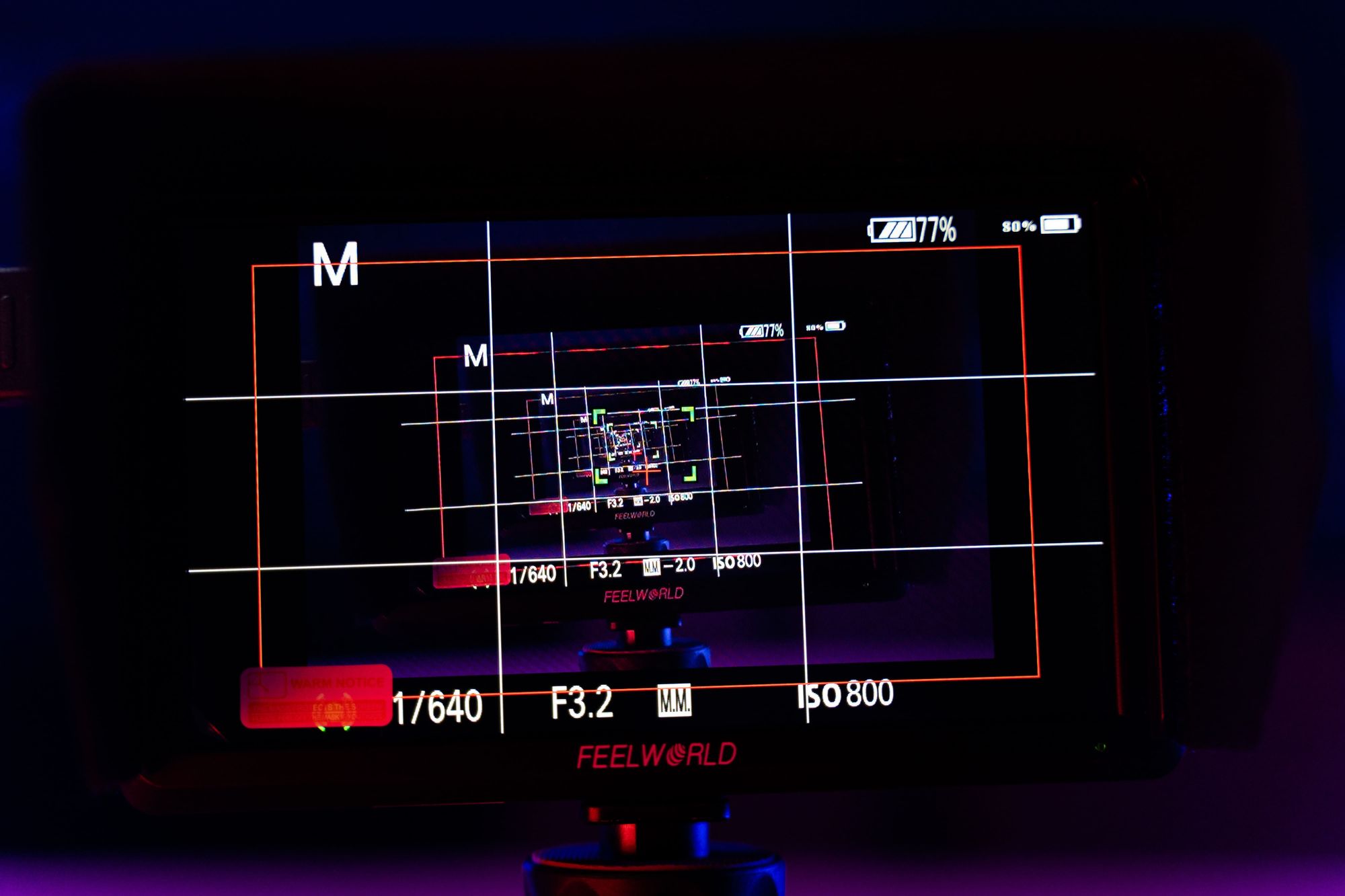
Mise en scène can be a complex idea to wrap your head around. To have it just a bit more "wrappable", we'll break down the mise en scène concepts in details and provide examples, as we go along.
Ohh, and just for the record, it’s pronounced meez-on-senn.
Mise en scène elements
Whether the audience realises it or not, numerous elements help guide the audience's attention.
So, let's dig deeper into both the major and minor elements of mise en scène.
Mise en scène and blocking

Blocking refers to the actor's body positions, gestures, movements and their interaction with the environment. Blocking is a crucial aspect of visual storytelling, as it can change the whole outlook of a scene.
Take, Godfather, for example, here Coppola uses blocking to show the Godfather's dominance and the submission of his subjects. A little warning, before we continue, I might bring up the Godfather, quite a lot. Continue at own risk.
This might come as a surprise, but the actors are typically the stars of the movie. Most often it's what the audience pays attention to – depending on how much clothing Brad Pitt is wearing in that respective scene. Just saying, there's a reason Fight Club became so popular.
Knowing the audience's eyes almost notoriously follow a shirtless Brad Pitt, you need to think about things like; Does he take a step? Wash his hands? Do jumping jacks? Grab a drink? Does he do it before, while or after he's speaking or moving? All these elements can have a significant impact on the dynamics of the scene.
Because blocking can significantly impact how the audience experiences a scene, every director approach this mise en scène element differently.
There's no right or wrong. It all depends on what you're trying to convey and what you want your audience to feel in that very moment.
Mise en scène and location
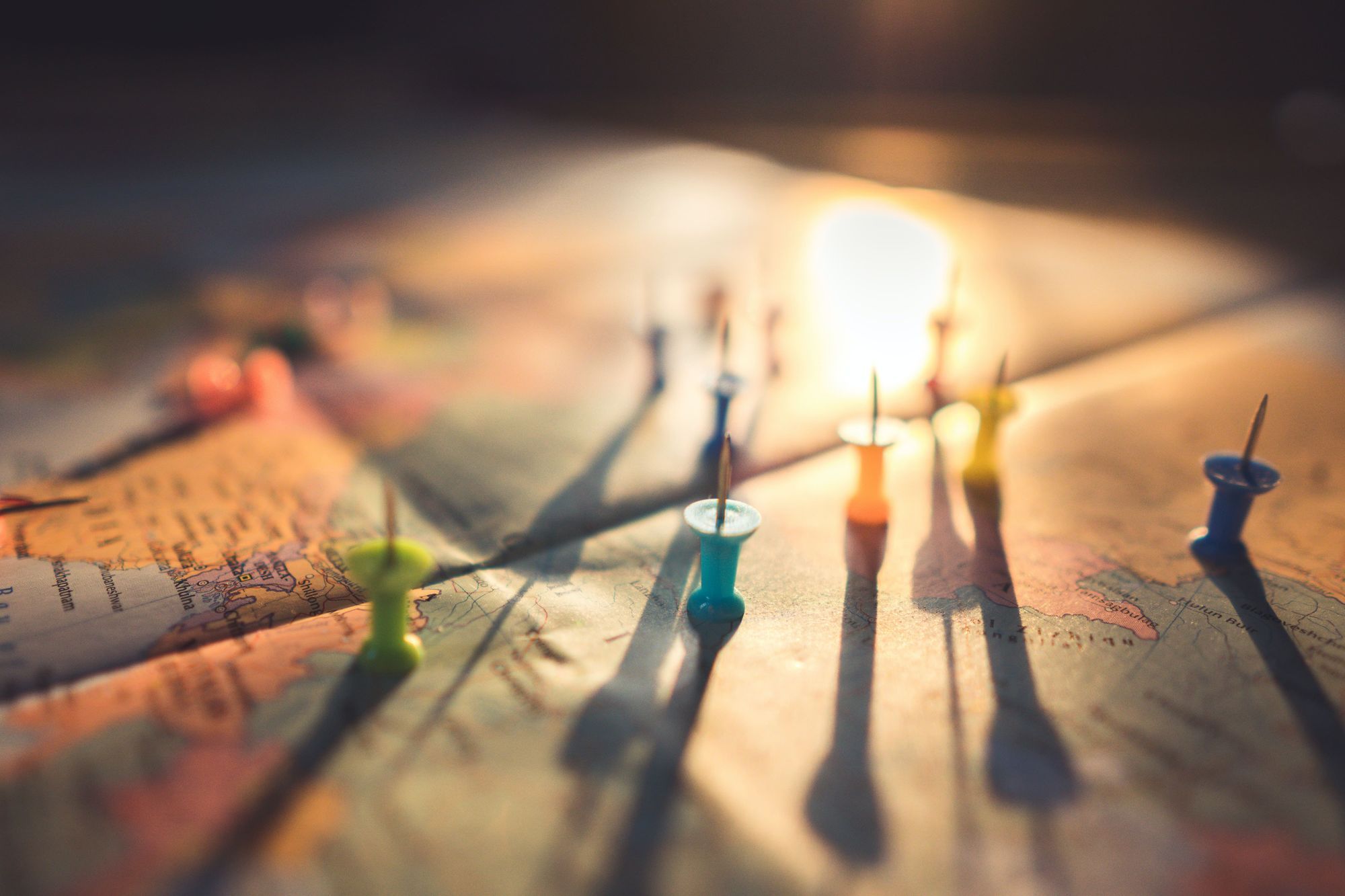
The location of the scene helps set the mood and support whatever action is going on onscreen.
Piece of advice: don't underestimate the location of a scene.
Indulge me for a moment. Imagine, you're watching a romantic movie with the perfect power-duo couple. You've followed the couple's romantic and whirlwind relationship. After years together, our male lead has summoned up the courage to propose to the love of his life. He's prepared everything down to the tiniest detail; white pigeons, a violinist in the background and Jason Acuna in a cupid-costume. As he gets ready to go down on one knee, the audience sees with the help of a master shot, the location he's picked, to pop the question… and it’s the nothing less than magical, Mordor.
Not only would that be quite the plot twist, it would also be pretty random. Try to always have in mind, what environment would suit the visual story you're trying to portray the best.
Mordor or Roue de Paris in the moonlight?
Mise en scène and the exploration of colour
Colour grading plays a significant role in creating a specific mood or effect. Colour grading is a powerful tool and is a vital mean of artistic expression.
For example, in the film Inception, this film is excellent in every way and manages to engage some mesmerising cinematography techniques. Here among, its use of colour grading.
Remember when Ariadne discovers Cobb connected to the machine, sleeping? The scene is coloured with a range of pale blue and light grey colours. As grey symbolises stability and calm and blue represents truth and freedom, it leaves the audience with a false sense of peace, despite knowing something is very wrong.
Adding the right colour schemes can alter how the audience experience the scene, whether they know it or not.
However, remember, with great power, comes great responsibility. For example, be careful not to go crazy with colouring the scene in all yellow tones because you want to portray the sun is up.
Mise en scène and set establishment
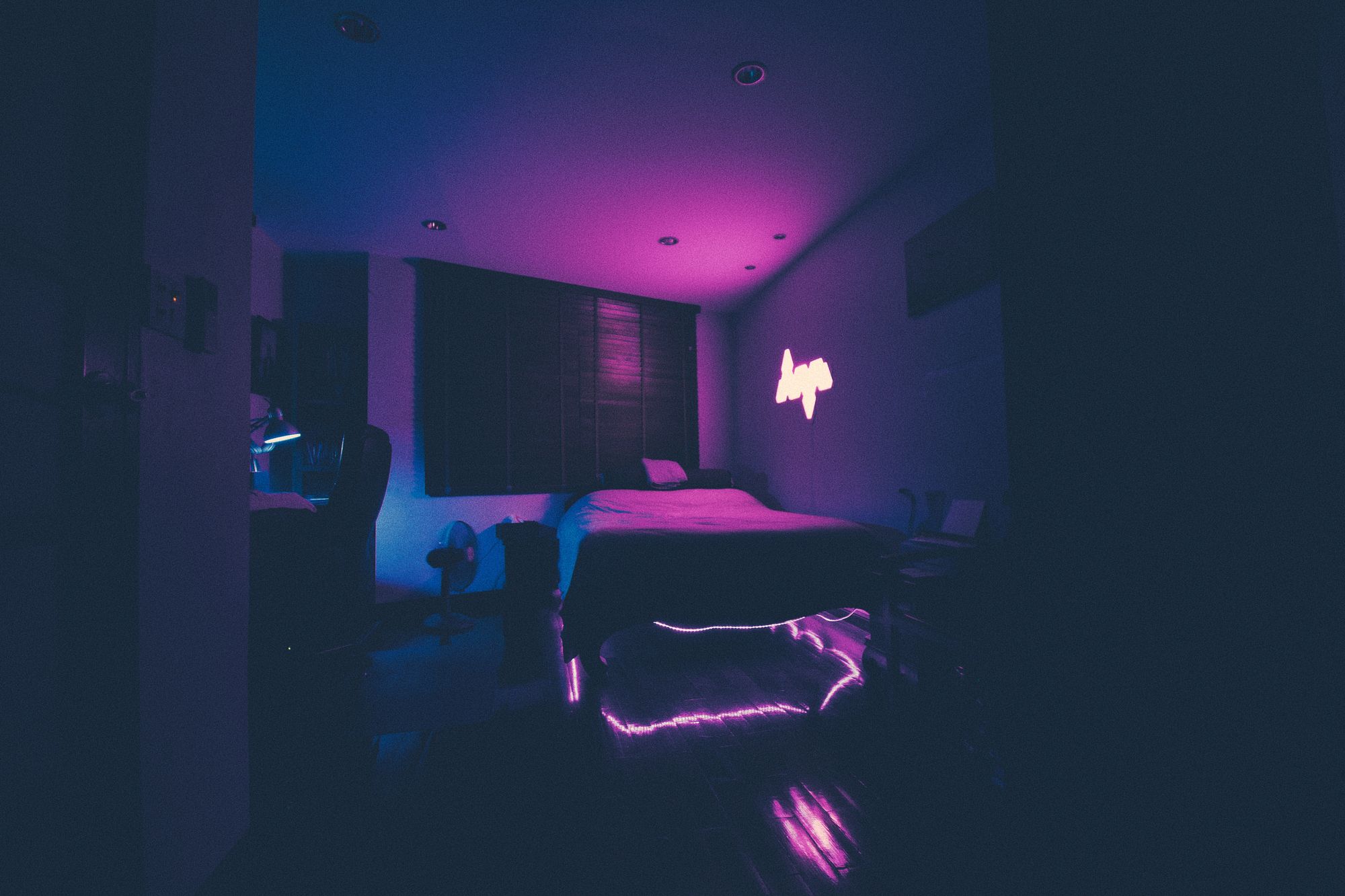
Setting the scene means, preparing for everything the audience sees within a particular scene. Being aware of the setting is crucial for mise en scène. It will help establish the world and anchor the characters and even add more context to the story.
For example, a scene set in a character's dorm room with books and notebooks indicates a study-eager virgin. In contrast, a dorm room filled with empty beer bottles and pizza boxes shows lazy jock. Kidding of course (sort of) but in all seriousness, actively setting the scene helps inform the audience about the time, place and story in which the film takes place.
It can be entirely fabricated within a studio, hello Warner Brothers. It may also be found and filmed on-location.
To give you a better picture of the importance of setting, look at Sofia Coppola's Marie Antoinette. The Marie Antoinette set was filled with lavish palace décor which evokes the 17th century France and establishes the luxurious lifestyle of Marie-Antoinette. However, the exciting part is how these extravagant décors seem to overwhelm her, portraying her not as a country leader, but another décor piece to fill Versaille.
Mise en scène and the importance of props

They're found on dusty warehouse shelves, buried under flea market goodies, scored on eBay, specially constructed from painters or found in the local lost property box. These are purposely scouted and selected for a specific scene to serve the performance or actions around them.
Props (derived from the term "theatrical property") as an element of mise en scène, is often squeezed together with other elements, such as set and costumes. And true, I can see that makes sense, but there exist some truly iconic props out there, and for this reason, they deserve a separate section.
Much like the element of a set, a prop is any object in the frame. Whether the actor is lifting, throwing, using, or if it's just there, the audience interacts with it – both conscious and unconscious.
Imagine Bruce Lee fighting off the bad guys with chopsticks, instead of his kick-ass nunchucks. Or Corleone ordering the head of a teddy bear under the covers, instead of a horse's head – not sure it would have said crime dynasty as much as build a bear kingdom.
What do you think?
Mise en scène and the difference a costume makes
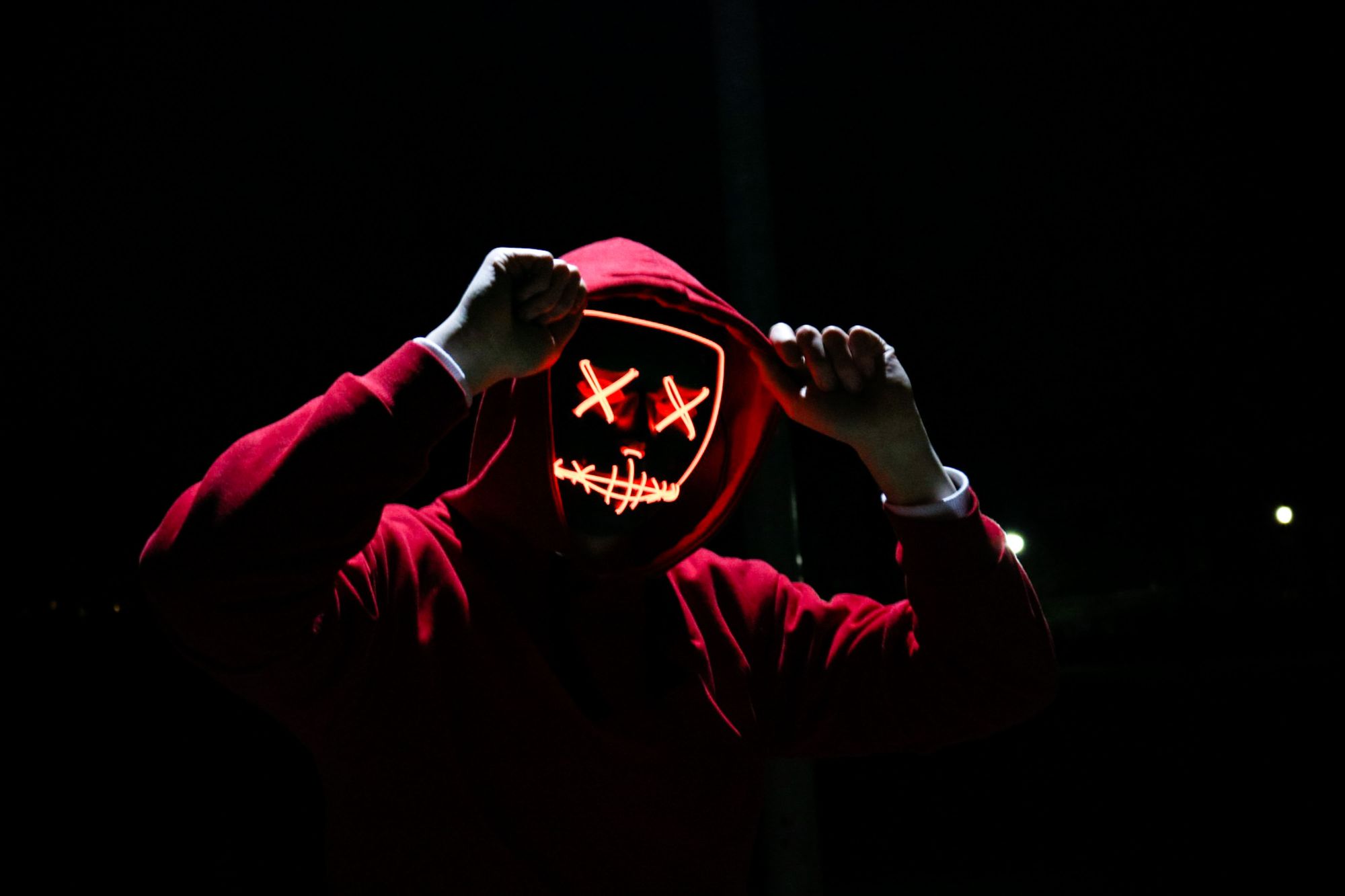
What the characters are wearing will tell the audience a lot about the world they inhabit. The costumes can help convey the character's personality or status and help the audience determine the difference between characters.
However, for costumes to be effective, you can't just throw a sack over the character's head and hope Margot Robbie can carry the rest. A costume designer needs to know which colours will look right on the character and then reconcile it with the production design's colour palette.
You read the part about colour grading, right?
For instance, take a look at The Great Gatsby – talk about a visual feast. In terms of costumes, this movie delivers. Feathered headpieces? Check. Long strings of beads? Check. Sequinned dresses? Check. If you want to see what costumes can do to a movie – The Great Gatsby is the one to see.
Costume designer, Catherine Martin, had a run for her money. She had to understand and then incorporate the social and cultural meaning of clothes in the 1920s.
Let's take Myrtle Wilson, the love interest of Tom Buchanan, she wears an obscene cleavage, which kind of get the point across. Myrtle does the thing your wife doesn't want to do if you know what I mean, old sport. Daisy Buchanan, on the other hand, is bound to a social hierarchy. So, she wears an innocent lavender and lace dress.
The impact hair and makeup have in mise en scène
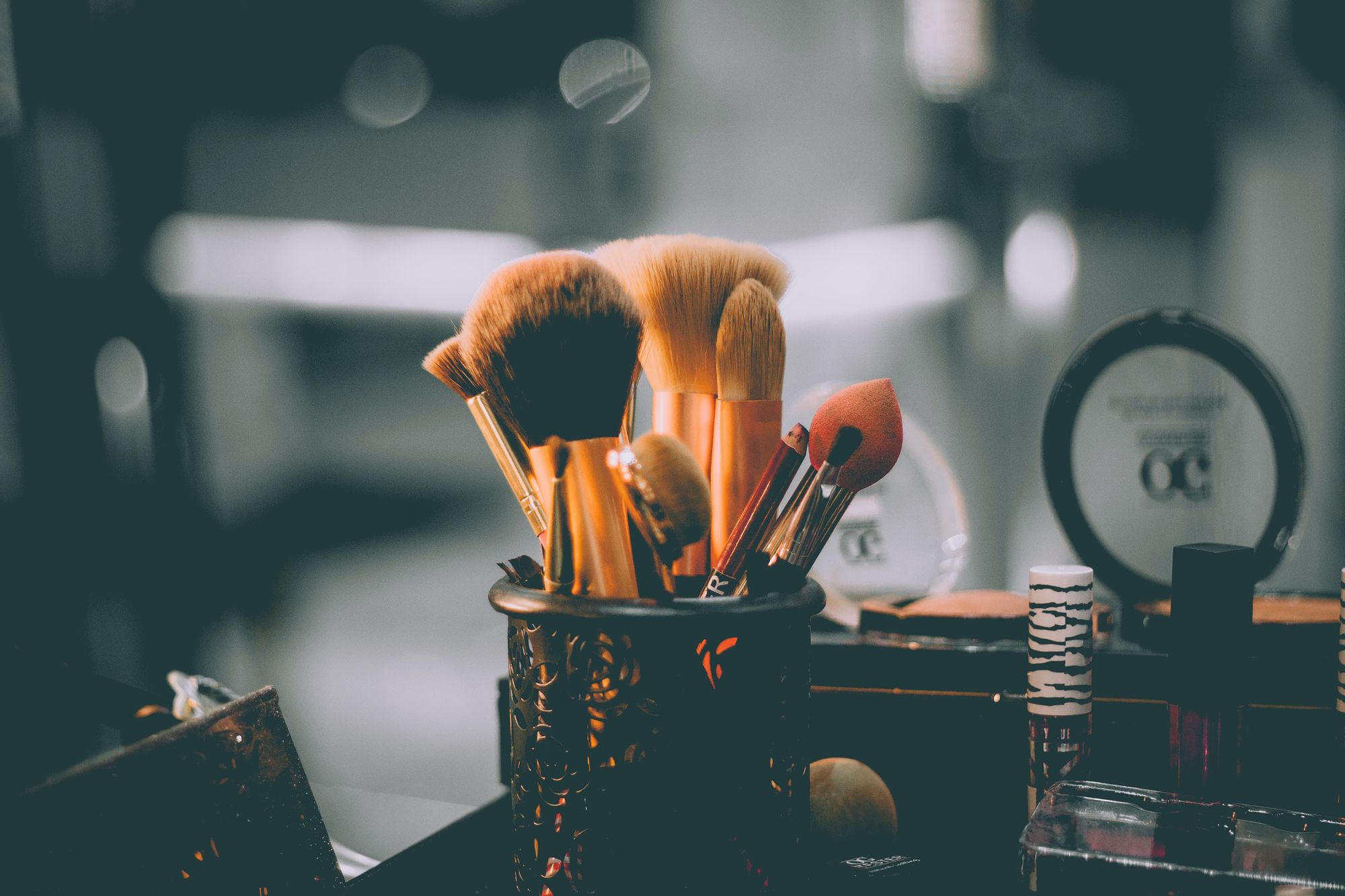
Hair and makeup are the physical touches that help the actors transform into their characters. The hair and makeup styles can help establish a specific period, reveal a character's traits, and support the audience in understanding the characters' changes.
One of the best movies to portray, just what hair and makeup can do, is Heath Ledger's portrayal of the "Joker" in The Dark Knight trilogy. A lot of the Joker's traits is in his makeup. Heath Ledger managed to turn the comic book-y Joker into a gritty, realistic antagonist with the help of excellent makeup choices. A smudged, slept-in makeup look brought the Joker's fractured and unbalanced psychology into the character's makeup.
Mise en scène and lighting
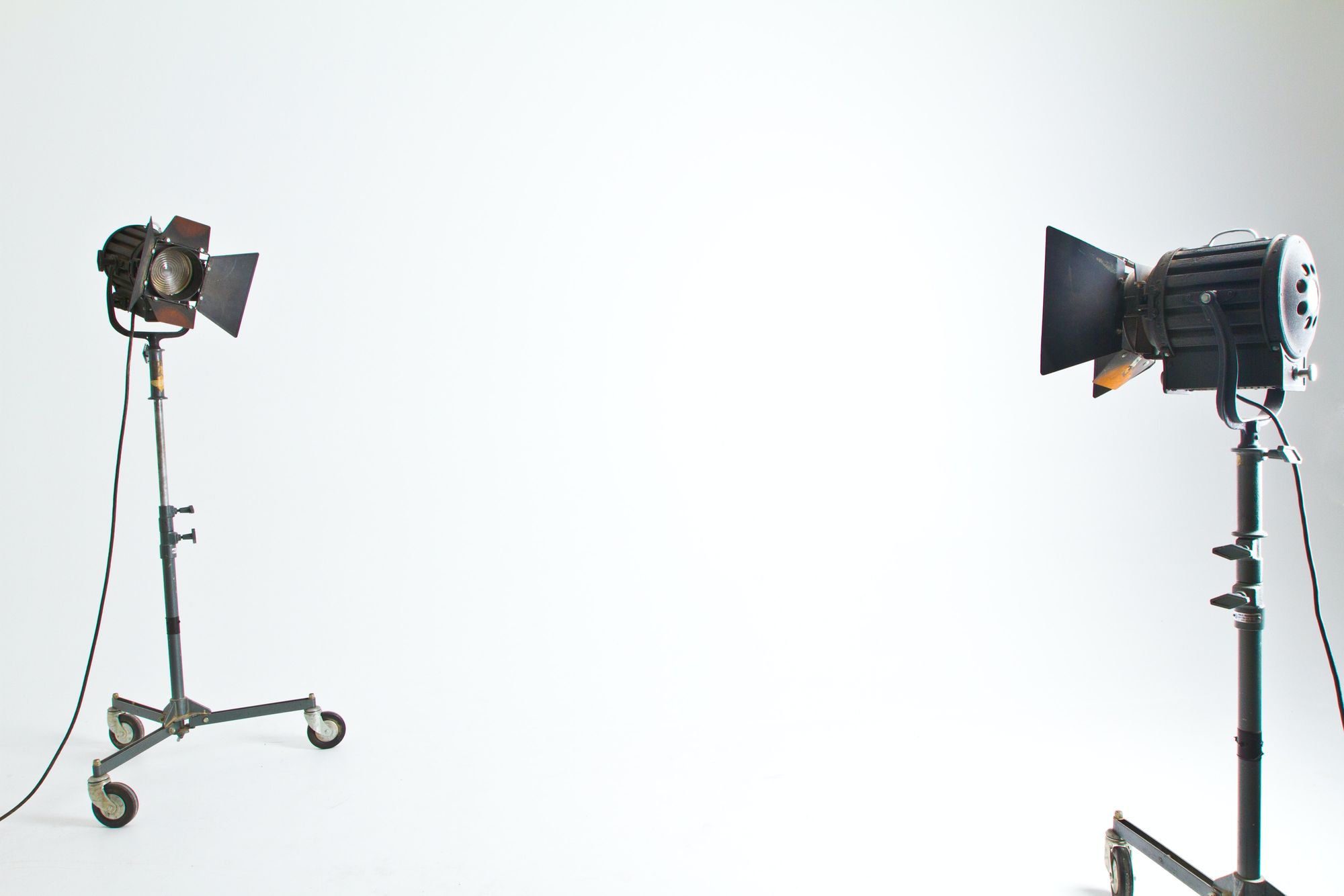
Of course, lighting is in here. It's an essential aspect of cinematography and a significant contributor to a film's look and feel. Don't believe me? Ask any cinematographer.
If you don't know what a cinematographer is, allow me to supply you with the answer. Learn what a cinematographer is and equally as important what cinematography techniques you need to know to become one.
The intensity, direction, and lighting quality can alter how the audience understands the characters, the mood, the atmosphere and action.
When it comes to lighting and lighting setup, you have an endless array of options. The typical lighting setup, you ask?
The three-point lighting
This arrangement consists of a key-, fill-, and backlight. This setup is suitable for narrative cinema, as it provides even illumination of the scene. The light comes from three different directions to give the subject a sense of depth in the frame.
An excellent way to ensure you don't get a too bright or too dark shot?
Exposure compensation: Now, I won't go into detail with that one. In short, it allows filmmakers to manually override the brightness settings that your camera had otherwise determined would be ideal.
High-key lighting: This type of lighting is often used in musicals and romantic comedies. It gives an even illumination, which means the scene appears very bright and soft, with very few shadows in the frame.
Low-key lighting: This one is often used in horror movies. A very dark and mysterious atmosphere is created from this obscuring light. It features high-contrast lighting to the pattern to both brighten and darken parts of the frame.
Ambient light: Ambient light can be a pain in the (ahem) bottom. It's the light that's already present in the place where you’re shooting. You always need to consider the ambient light before you start manipulating the lighting yourself. It can be from the sun, the moon, a lightbulb – anything already on set. You can either block it or try to use it to your advantage.
Explore more film lighting techniques.
Mise en scène and the medium of film
Nowadays, you have endless (almost) possibilities of different video file formats. Different types of film formats and processing techniques will lead to different kinds of mise en scène.
You need to know which format you need for your specific project.
Find which medium of film, you should choose, right here.
Mise en scène and nailing your camera choice
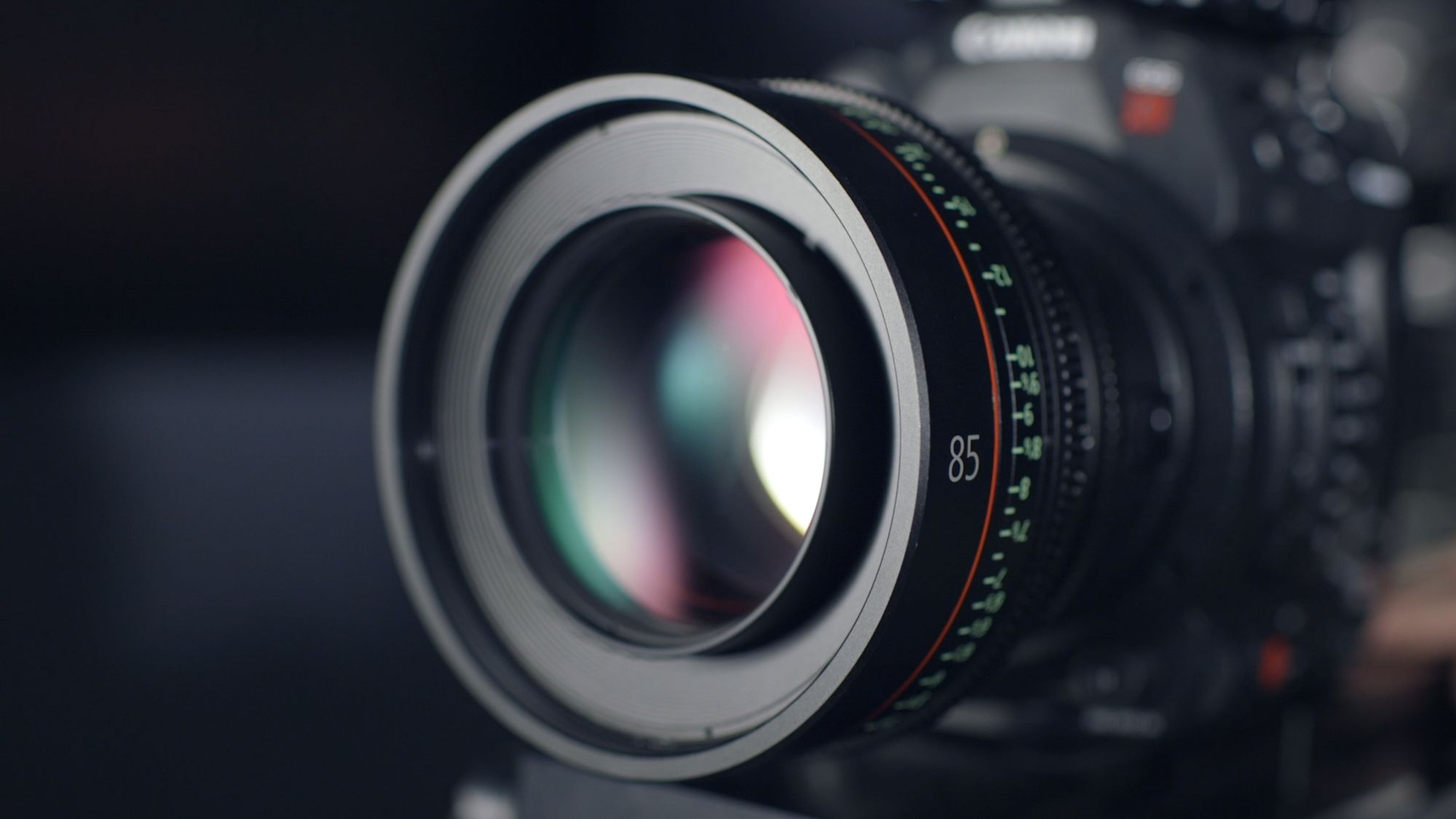
Your choice of camera is an essential element of mise en scène. The camera does more than merely recording the action on set – it actively shapes it.
Take the movie Black Panther. Cinematographer Rachel Morrison chose the Alexa SXT and Alexa Mini to help create a naturalistic feel and deeper depth of field. That way, the audience could see and experience the world of Wakanda.
Choosing the right camera for the shot you want to create is as much part of the mise en scène as any other element. Cinematography is all about capturing light to produce an image – what you use to capture that image, matters.
Mise en scène and where you place the camera
Where you choose to put your camera is just as important as what kind of camera you use.
So, try always prepare for what kind of shot you're doing and where the camera should be placed to capture that the best way possible.
Do you want to use a high-angle shot, to create a sense of vulnerability, or is it more suited with a low-angle shot to signify dominance and status? The possibilities of camera placement are vast and will significantly impact your mise en scène.
Whether at a high angle above the subject or a hundred feet away, The camera’s placement should be determined long before you arrive on set.
Including speed of slow-motion in your mise en scène
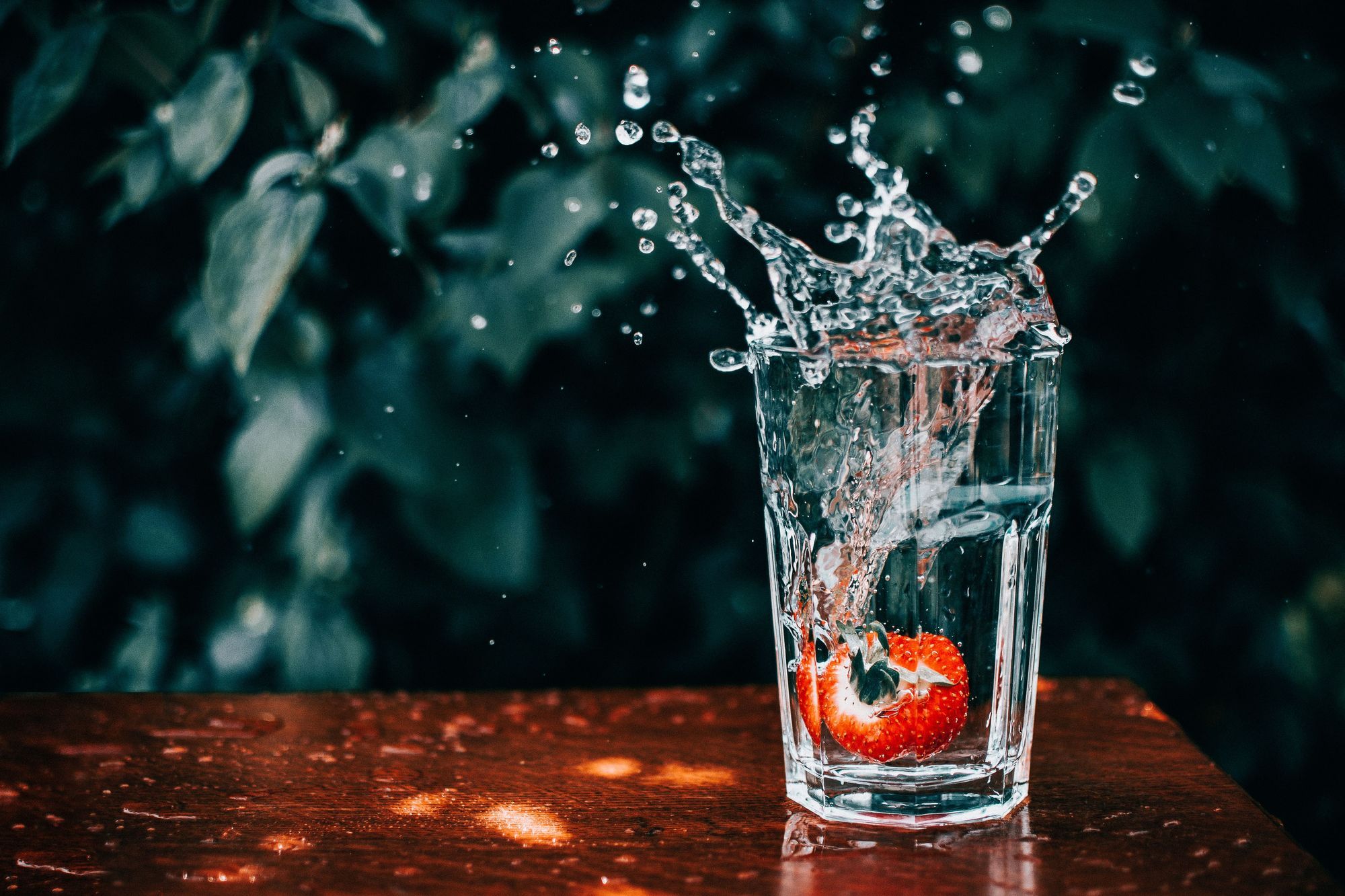
Want to be a 21st-century movie wizard? Shape time with either speeding up your scene or slowing it down. In this sense, speed refers to the light sensitivity of a specific type of film or video file format.
Let's take a classic example of a slow-motion element in mise en scène; The Matrix. Now, here's a movie that didn't just use slow motion but took it to a whole new level. With the help of multiple cameras, wirework, and green screen, Anderson dodges the bullets while flying in the air – and we as the audience, we get to see it all happening.
Many cinematographers have used the speed of the scene to emphasise every element of mise en scène.
Comprehending composition in mise en scène
The composition is a crucial element of mise en scène and yet another with infinite possibilities. To name a few, tracking shot, extreme long shot, dolly shot, eye-level shot, I could keep going. Composition refers to the organisation of the subject within the frame. Good composition guides the audience's attention to a specific subject within the frame.
The composition is the deliberate selection of frames and camera angles that make up a shot. One of the most important concepts regarding composition is maintaining a balance of symmetry – an equal distribution of light, colour and subjects. If you're not doing symmetry, do it knowingly. An unbalanced composition can be used to emphasise certain elements that the audience should pay special attention to. So, whether you're doing symmetry or going for an unbalanced look, is up to you – you just need to be aware of what you want to do, and then do that.
The mise en scène element of framing

Framing takes composition to the next level and is as crucial an element in mise en scène as any other. Framing refers to the placement and position of the subject(s) in your shot. For Director of Photographers, a significant consideration for a frame is the number of subjects you feature in your shot, and their physical relationship to each other and the camera.
To give you an idea, we'll take an example. Let's talk about the three-shot; this is a camera shot with three characters featured in the frame. Now, which movie can I include to give you an example of a magical three-shot – The three musketeers is too obvious, obviously…
So, let's take a look at the power trio of Harry Potter, Hermione and Ron. The Harry Potter movies uses this three-shot a lot. This type of shot is essential in adventure films. Well, any movie with a group of characters, as it allows the audience to gather how the characters interact.
Depth of space of mise en scène
Although, one of the subtler elements in mise en scène, it can tell the audience a lot about the tone of the scene and the characters' status.
Depth of space refers to the depth of the image onscreen – the distance between people, props, and scenery, both to each other and the camera location.
Once you start working with cinema, at one time or another, someone will mention Citizen Kane. It's not just a good story but a masterpiece in terms of cinematography.
One thing it excels at?
Mastering the depth of space!
The movie is masterfully composed and makes use of deep focus. The use of deep focus allows subjects close or far away from the camera to remain in focus. You achieve this by using a wide-angle lens and a smaller aperture. An early scene in Citizen Kane is when Kane's parents discuss his education and future while Kane plays in the snow outside. It portrays a sharp contrast between the pressures of adulthood and the innocence of childhood.
Sound design makes mise en scène
It might not even be something you attribute as an element in mise en scène. Rest assured, effective use of sound is a crucial way to inform the audience about what's happening in the scene.
Imagine, an epic battle between Han Solo and Darth Vader in Star Wars but without the distinctive hum from the lightsabers, or Chewbacca but without his characteristic growl. These sound effects play a significant role in providing the audience with a sense of grand space warfare.
The very same thing, it will do to your movie. So, make your sound count.
The music element in mise en scène
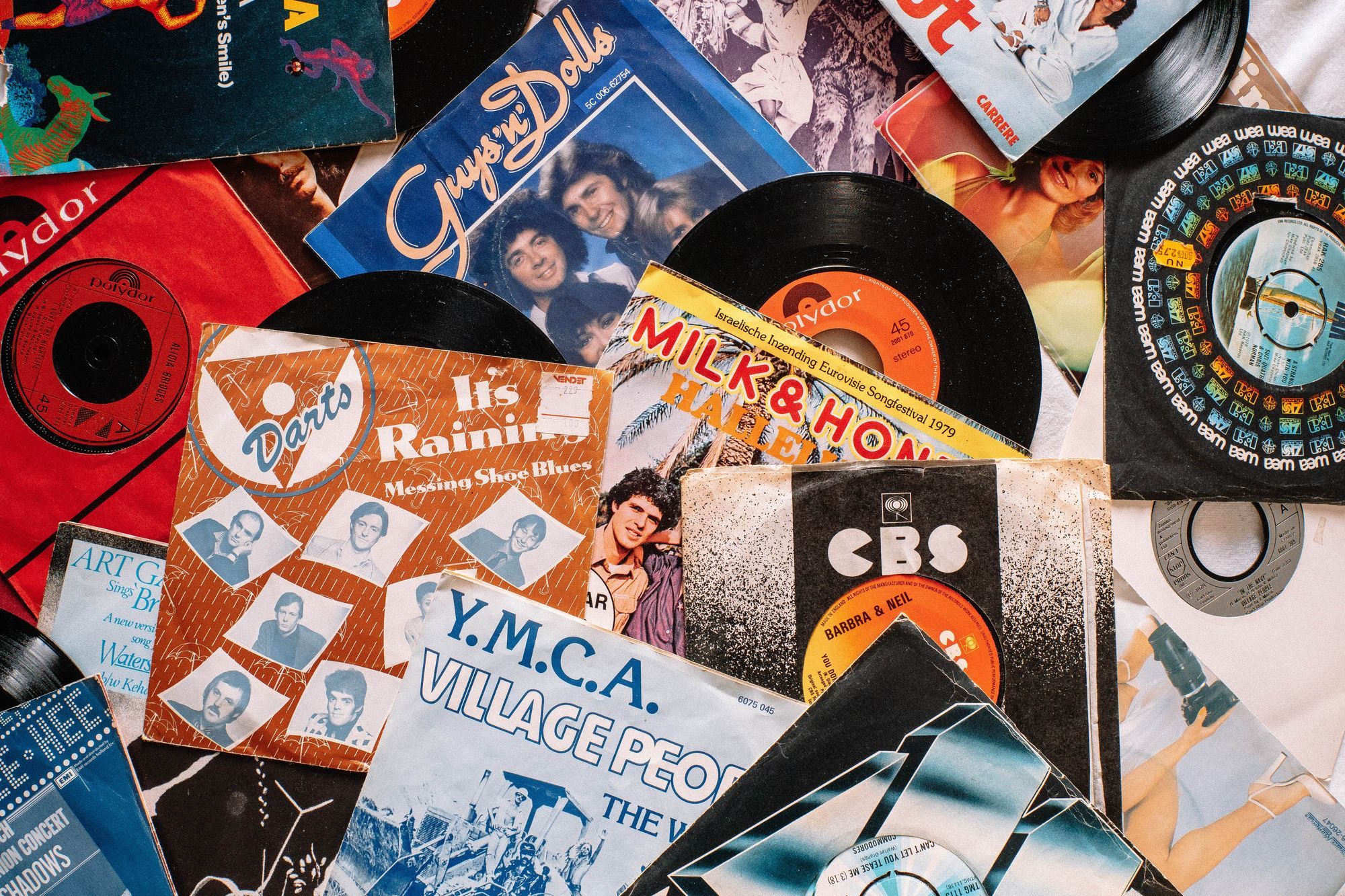
I cannot overstate how important music is in film. Since the advent of sound in cinema, it has become an integral part of the movie experience – and a crucial element in your mise en scène. Music can trigger emotions that even the most brilliant scriptwriter can't fit into a dialogue.
Imagine, Titanic without the tunes of Celine Dion singing "My heart will go on" – I bet you can't hear that song without hearing Jack shouting "I'm the king of the world"! The same thing goes for a film like Jaws, with its distinct "duunnn dunnn… duuuunnnn duun… duuunnnnnnnn dun dun dun dun dun dun dun dun dun dun dunnnnnnnnnnn dunnnn", so simple, and yet so effective! Do you feel like jumping in the water?
Their well-curated songs infuse and reflect every single one of the other mise en scène elements, whether that's love and infatuation or a sudden fear of giant-human-eating sharks.
Music is a way for the filmmaker to communicate with the audience, inform and enrich them of what, when and why of a story's moment-by-moment emotional resonance.
Actors who came to play in mise en scène
By now, we've gone through the whole spectrum of mise en scène elements. However, we are still missing one crucial, altering, significant element – the actors.
When an actor is on screen, they're typically the focal point, think of shirtless Brad Pitt, which means their performance carries a lot of weight for the film's overall look.
Actors or actresses' performance can make or break a movie – regardless of how much effort the cinematographer put into nailing the mise en scène elements. You know it yourself, have you ever gone out of a movie theatre and said, "Excellent acting, but god that was some bad colour grading". Not likely. It's often the actors who set the level of success (in the audience's eyes, at least).
Think of Natalie Portman's portrayal of the haunted ballet dancer in Black Swan that takes the audience inside the head of a tormented character battling between the black and white swan. Or think of Joaquin Phoenix's mesmerising and thrilling performance in Joker.
Both Portman and Phoenix's performances played an influential part in the quality of the film.
The final elements of mise en scène – post-production

Before sending it off to the big screen, you need to put the final layer of icing on the cake, and you get that in post-production. Unforeseen fixes and tweaks will likely arise, during the production phase, and post is where you fix it.
At this point, you're not finding any other elements of mise en scène you need to include no costumes fixups or different lighting setup. Post-production is for polishing your mise en scène elements and wrapping it all up.
Final thoughts
Mise en scène isn't strictly a production term, it's not like the directors go around shouting "let's change the mise en scène, today" – that doesn't happen. However, it is something that filmmakers need to consider throughout their creative process.
Mise en scène and cinematography
By now, you've read a whole lot about what mise en scène is and why it's an essential element. And if you've come this far (assuming you just couldn't put this article down) you've also seen that I've mentioned cinematography more than once or thrice.
Why?
Well, the two are very much connected – an unbroken bond.
These two have been at it, as long as motion picture has existed.
The help of various cinematography techniques achieves all the elements in mise en scène. Mise en scène refers to the placement of things and people within the frame; cinematography refers to the camera creating the frame. Mise en scène is the props, costumes and actors; cinematography is the composition of the shot.
Get where I'm going?
Mise en scène analysis

The truly genius part of mise en scène?
It's measurable!
Meaning, in every movie, you can pick apart and puzzle together all the mise en scène elements. When you're analysing a film's mise en scène, you're judging the visual presentation and the story it carries.
If you're a filmmaker and need to keep track of all the essential mise en scène elements, you should include in your next film project. Going through the above list of mise en scène can seem, well, overwhelming. And it is – don't get me wrong, I won't try to minimise that. However, you can make it easier by breaking down every element in your story, in pre-production, where you settle everything from lights and cameras to hair and makeup. And yes, it takes time.
So, get to work!
I'll be waiting anxiously for it to hit to the big screen with popcorn in hand.
Mise-en-scnène FAQ
What is mise-en-scène ?
Mise-en-scène is everything that appears within the frame of the camera. Examples of this is the setting, lighting, actors, décor and makeup.
What does mise-en-scène mean?
Mise-en-scène is french for “placing the stage”.
What is the difference between a scene and mise-en-scène?
A scene is a place or a setting in a story, in which some type of action or dialogue occurs. Mise-en-scène is everything that is captured within the frame of the camera.
What are the key aspects that make up the mise-en-scène?
The set design, lighting, space, composition, costumes, makeup and hairstyles, actors and aspect ratio.
What is the point of a mise-en-scène analysis?
The point of a mise-en-scène analysis is analysing the visual presentation and the story it carries.






















